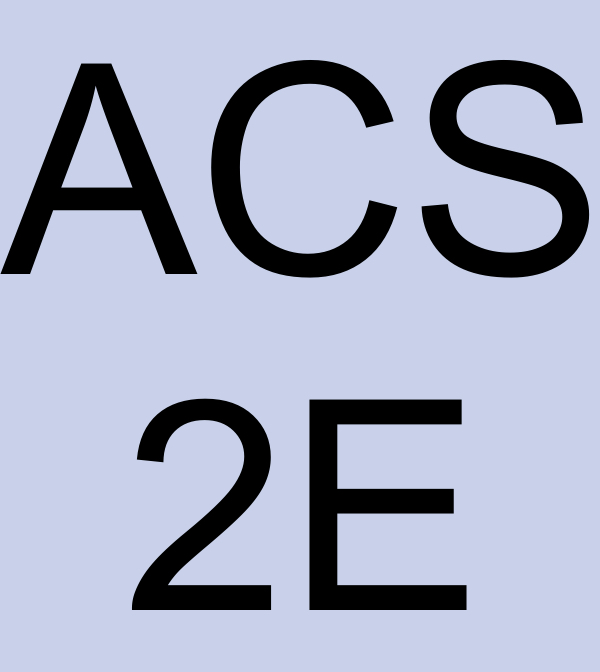Activity 8.5.4.
In this activity we will determine the Taylor series expansion for the famous error function,
\begin{equation*}
\erf(x) = \frac{2}{\sqrt{\pi}} \int_0^x e^{-t^2} \, dt\text{,}
\end{equation*}
that arises in probability theory and other important applications.
(a)
(b)
Next, evaluate the integral \(\int_0^x e^{-t^2} \, dt\) by replacing \(e^{-t^2}\) with its Taylor series.
(c)
Use your work in (b) to state the Taylor series for \(\erf(x) = \frac{2}{\sqrt{\pi}} \int_0^x e^{-t^2} \, dt\)
(d)
(e)
In probability theory, \(\erf(x)\) is important because of its connection to the normal distribution, which is represented by a bell curve. Indeed, \(\erf(x)\) represents the fraction of a normally distributed characteristic in a population that lies between \(0\) and \(x\text{.}\) How can you use your result in (c) to estimate \(\erf(0.5)\text{?}\)

